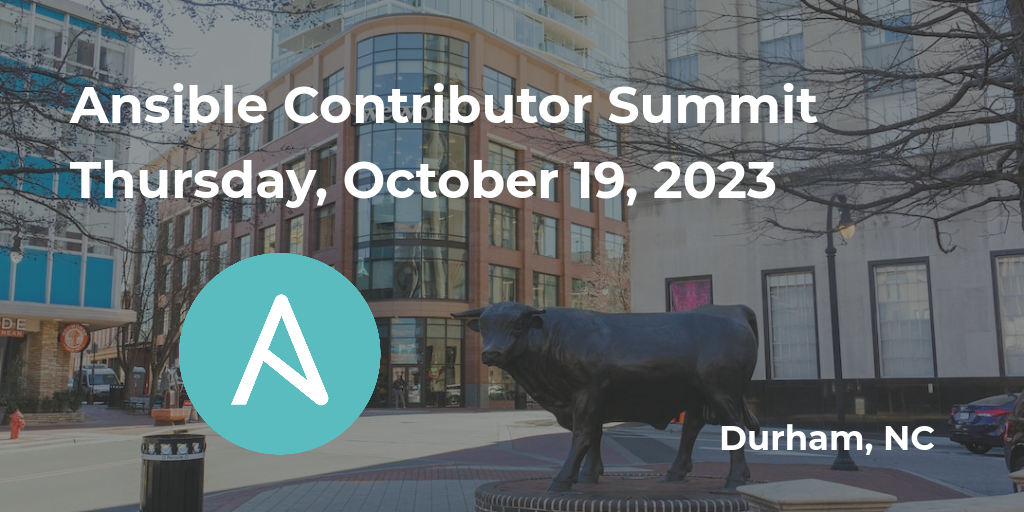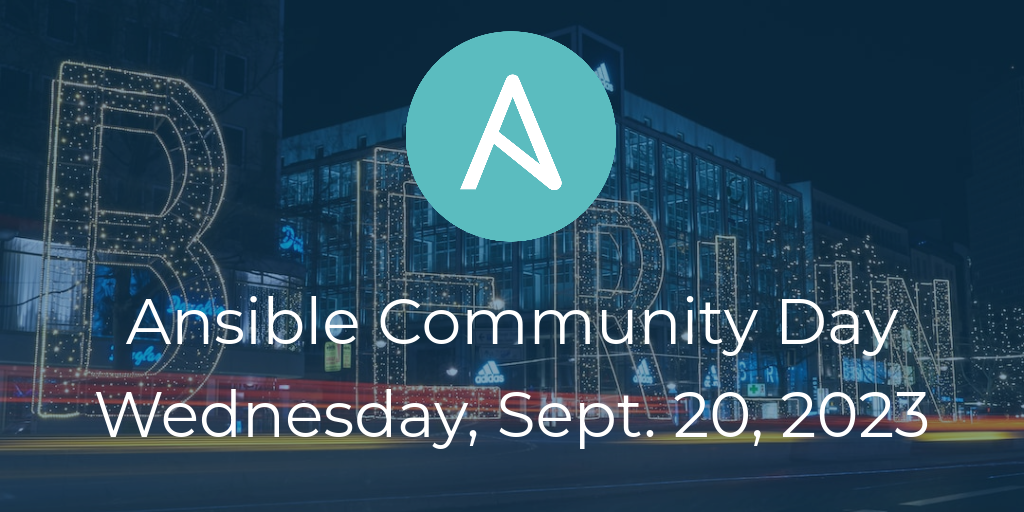Upcoming Changes to the AWX Project
By Matthew Jones, Chief Architect, Ansible Automation at Red Hat
Back in 2013, a small team of engineers worked for over a year to make the first commercial release of Ansible Tower (before we expanded and evolved to Ansible Automation Platform) and during that time we put down the foundation of an application that I’m immensely proud of.
We, the original architects of Tower, were trying to find the best way to create a system that would allow running Ansible at scale for hundreds of thousands of servers. We wanted there to be a way to not just manage those servers but store the results of that automation and provide auditability and traceability. It needed to make Ansible functional for large teams and it succeeded.
Today, we’re not just talking about hundreds of thousands. We’re thinking in the millions and tens of millions, we’re managing automation for some of the largest IT organizations in the world. And we’re not just managing servers. In the intervening years we’ve been automating containers, cloud platforms, network devices, storage, IoT devices and PLCs (among other things). One of the main challenges that we’re facing is that some of the architectural decisions we made 10 years ago are still with us. We have a monolithic system that performs its job extremely well but can be very challenging to expand with new capabilities.

